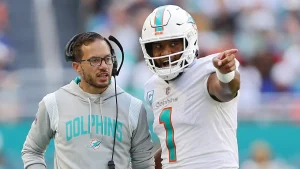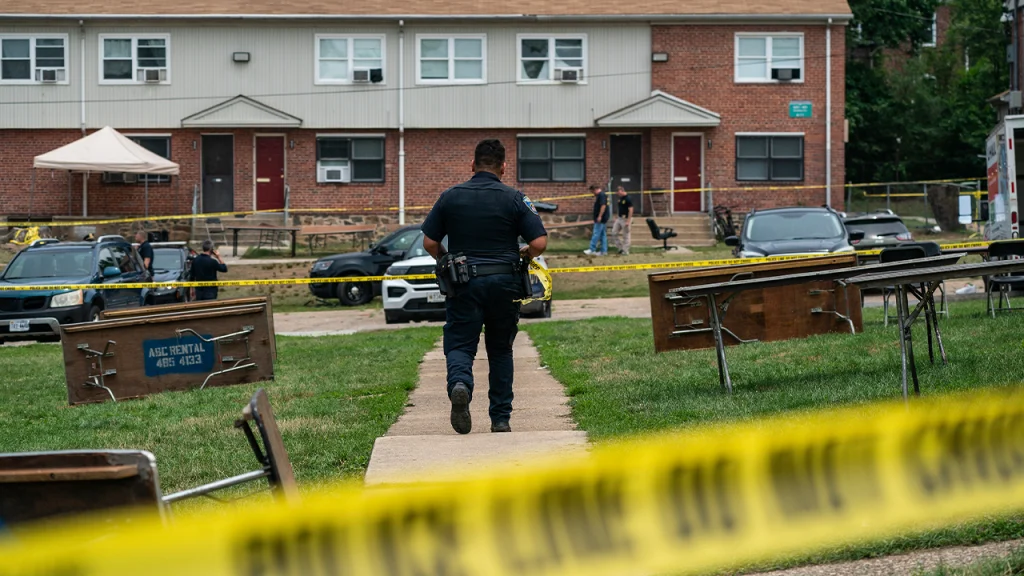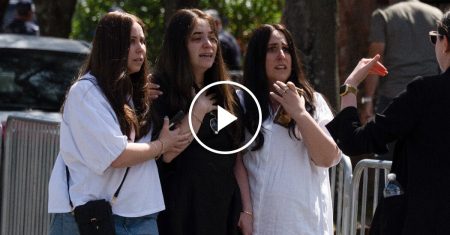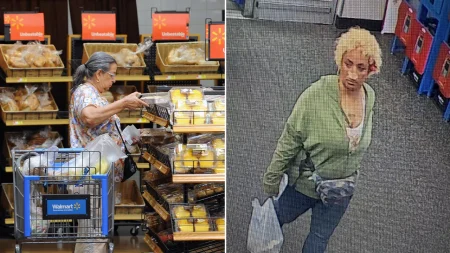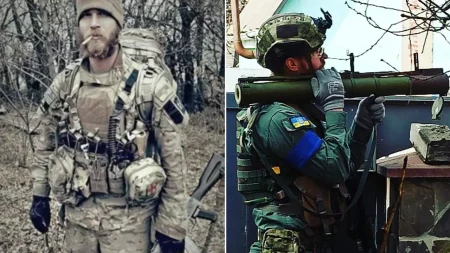Baltimore’s Crime Crackdown: A New Era of Accountability
In a city that has long battled with surging violence, Baltimore’s State’s Attorney Ivan Bates is reporting promising signs of progress. After implementing a targeted strategy focused on repeat violent offenders, Baltimore has seen a substantial decline in homicides and non-fatal shootings over the past two years. “We had to let the criminal element know that it was a new day, that there was accountability and that you will go to prison,” Bates told Fox News Digital, highlighting his office’s commitment to a no-nonsense approach to violent crime. When Bates took office, he identified between 5,000 and 6,000 repeat violent offenders in the city who were responsible for a disproportionate amount of crime. His strategy was straightforward yet effective: use existing Maryland law to keep dangerous individuals off the streets. The state already had provisions allowing for mandatory minimum sentences of five years without parole for convicted felons caught with firearms—a tool that previous administrations had largely neglected. By consistently invoking these charges and working closely with police and federal prosecutors, Bates’s office has sent 2,129 repeat violent offenders to prison in just two years—double the number under the previous administration.
The results of this targeted enforcement strategy have been remarkable. According to Baltimore Police Department data, homicides fell 23% by the end of 2024 compared to the previous year, dropping from 261 to 201. Non-fatal shootings showed an even more dramatic decline of 34%, decreasing from 635 to 414. This positive trend has continued into 2025, with homicides down 22% and non-fatal shootings down 19% through June 30. Perhaps equally impressive are the clearance rates reported by the department, which exceed national averages in several categories. The homicide clearance rate stands at 64%, while the non-fatal shooting clearance rate is 44%. Additionally, law enforcement has seized over 1,300 firearms, including 150 ghost guns. This progress reflects a fundamental shift in how the city approaches crime—particularly violent crime involving firearms.
Bates’s philosophy centers on the concept that removing the most dangerous individuals from communities creates a domino effect of improved safety. “We focused on those individuals that carried illegal handguns… they were not allowed to have a gun,” Bates explained. His office found that approximately 40% of repeat violent offenders were either victims or perpetrators of murders. By removing these individuals from the streets, Baltimore has effectively prevented both potential victims and perpetrators from contributing to the cycle of violence. This approach represents a departure from previous administrations, which Bates suggests were more lenient. “There is no magic pill. You just have to really hold people accountable,” he said. “When they know that they will go to jail, their attitudes change greatly.” The message to those carrying illegal firearms in Baltimore is now unmistakable: there will be consequences.
While the focus on accountability is central to Bates’s strategy, he emphasizes that reducing crime also requires rehabilitation and economic opportunity. He advocates for educational and vocational training programs for incarcerated individuals to prepare them for productive lives upon release. “We want to make sure that while they’re incarcerated, they actually have the opportunity… GED, job skills and training… so that when they come home, they can actually have a job that will pay them a real wage,” Bates said. This balanced approach acknowledges that crime reduction requires both immediate enforcement actions and longer-term investments in breaking cycles of criminal behavior. To support these efforts, Bates has significantly expanded his office’s capacity, growing from approximately 140 prosecutors when he took office to 200 today. He also hopes to secure additional federal grants to further strengthen the office’s capabilities.
Mayor Brandon M. Scott has praised the city’s progress but acknowledges that more work remains to be done. “Our continued progress is the direct result of the comprehensive, evidence-based public safety strategy that we have implemented in partnership with residents,” Scott said in a news release. “While we acknowledge the historic lows we are experiencing, we must simultaneously acknowledge that there is much more work to do.” Indeed, while murders and shootings have declined significantly, other categories of crime still require attention. Both Bates and Scott emphasize that their approach to public safety transcends partisan politics. “At the end of the day, we’re focused on public safety because public safety doesn’t know any party. It should always know what’s best for the public,” Bates explained. This pragmatic focus on results rather than ideology has been central to the strategy’s implementation and success.
The improvements in Baltimore’s crime statistics are having ripple effects beyond public safety metrics. Bates believes that as the city becomes safer, it will attract new residents and investments, reversing the trend of people moving away. “People have hope… we’re moving in the right direction… especially when it comes to violent crime,” he said. “We need more individuals moving to Baltimore and not moving out.” He sees the city’s approach as a potential model for other urban areas struggling with similar challenges, particularly those that have experimented with less aggressive prosecution strategies. His message to other cities is clear: “The most important person for fighting crime is your prosecutor… If the prosecutor says everybody goes home, then there’s turnstile… but once you go and show you are not playing, people change their attitude. When you take the shooters and killers off the street, it’s gonna go down.” Baltimore’s experience suggests that combining tough enforcement against violent offenders with rehabilitation opportunities and structural reforms can produce meaningful reductions in violent crime—a lesson that may prove valuable for cities across America facing similar challenges.

